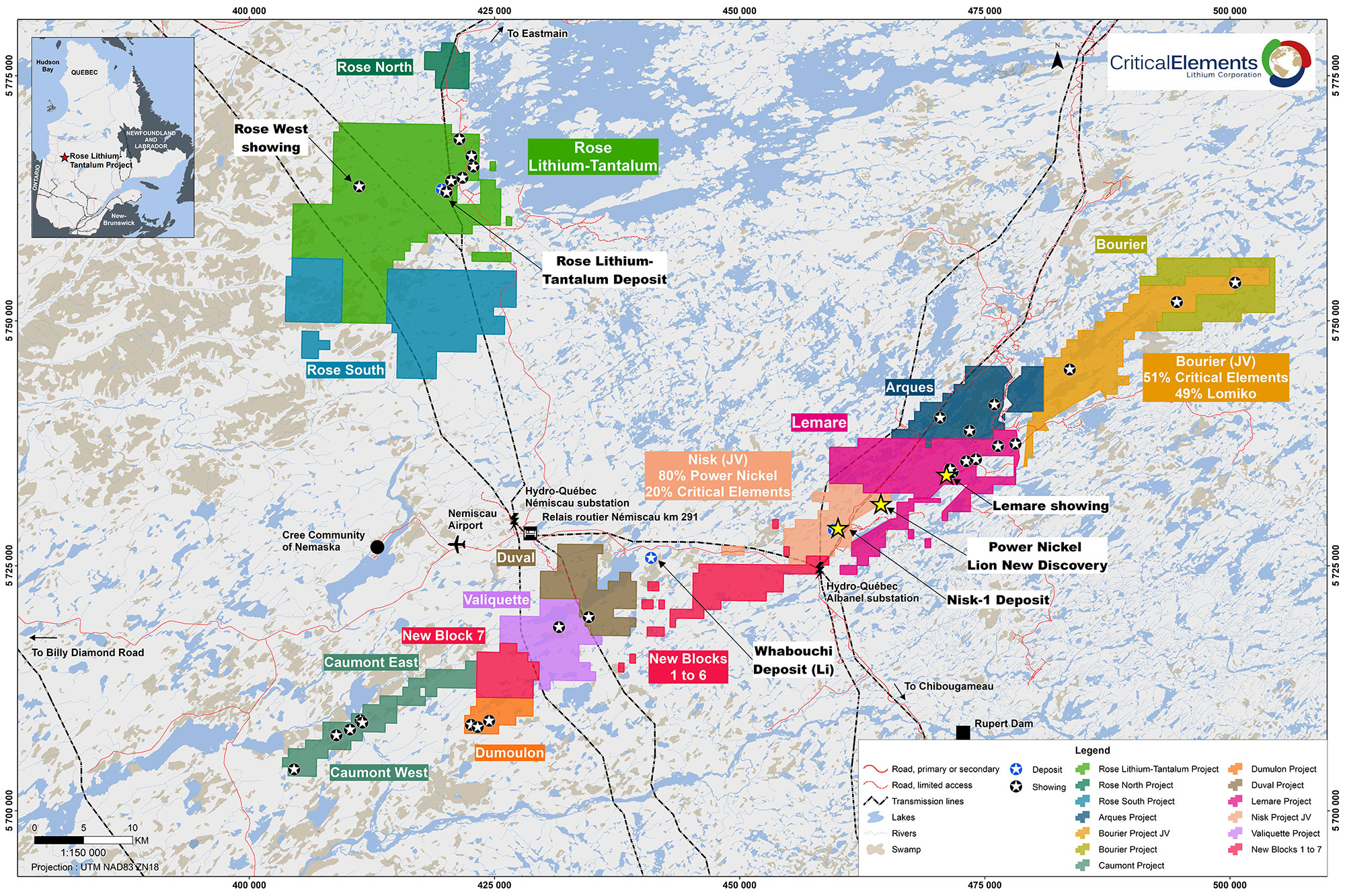While we are actively advancing the Rose Lithium-Tantalum project, we believe in looking beyond to maximize value for our shareholders
Critical Elements Lithium owns multiple properties within the Nemaska belt, covering a total of 655 km2 of exploration potential. Among these, LEMARE, DUVAL AND VALIQUETTE stand out as particularly promising lithium, nickel and copper prospects, poised to become our next ventures.
Our commitment extends to an expansive portfolio of properties that holds immense potential
Our ambitions extend beyond these properties as we continue to explore independently and through partnerships. We provide a comprehensive overview of our diverse property portfolio, demonstrating our unwavering commitment to innovation and discovery.
With over 1,050 km2 of exploration opportunities, our dedicated team is tirelessly working to uncover the next wave of growth within this rich portfolio
With over 1,050 km2 of exploration opportunities, our dedicated team is tirelessly working to uncover the next wave of growth within this rich portfolio. Join us as we venture "Beyond Rose" towards exciting new possibilities.
Nemaska Belt Properties, James Bay, Quebec
LEMARE – GOLD, COPPER, NICKEL, PGE AND LITHIUM PROJECT
The Lemare property spans 233 claims, offering substantial exploration potential.
Opportunities for gold, nickel, copper, PGE, and lithium with already identified lithium showing.
Located less than 1km on strike to the East from Lions Ni-Cu-Au-Ag-PGM discovery.
Promising lithium-rich Lemare spodumene pegmatite discovered.
A 5,554-mdrill program was completed in the winter of 2023.
The drill program confirmed spodumene-prospective pegmatite.
AI methodology and surface sampling results indicate the LCT pegmatite trend to extend for over 5 km.
Ongoing exploration efforts aim to uncover more lithium bearing pegmatite.


VALIQUETTE – LITHIUM, GOLD, COPPER, NICKEL AND PGE PROJECT
Valiquette property spans 104 claims over 5,563.07 hectares with lithium, gold, copper, nickel, and PGE potential.
Easily accessible by road and in-situ power line.
Valiquette holds nickel, copper, PGE and lithium potential
The property is currently recognized for its magmatic nickel (Ni), copper (Cu) and platinum group elements (PGE) potential and host the Valiquette showing.
Corporation actively seeks partners or buyers for exploration and development.
DUVAL – LITHIUM, GOLD, COPPER, NICKEL AND PGE PROJECT
Duval property spans 98 claims over 5,236.91 hectares with lithium, gold, copper, nickel, and PGE potential.
Easily accessible by road and in-situ power line.
Duval holds lithium potential in volcano-sedimentary units.
Geological environment suggests magmatic nickel, copper, and PGE potential.
The exploration team discovered a two-kilometer-long trend of LCT pegmatites with various anomalies in lithium, tantalum.
Corporation actively seeks partners or buyers for exploration and development.
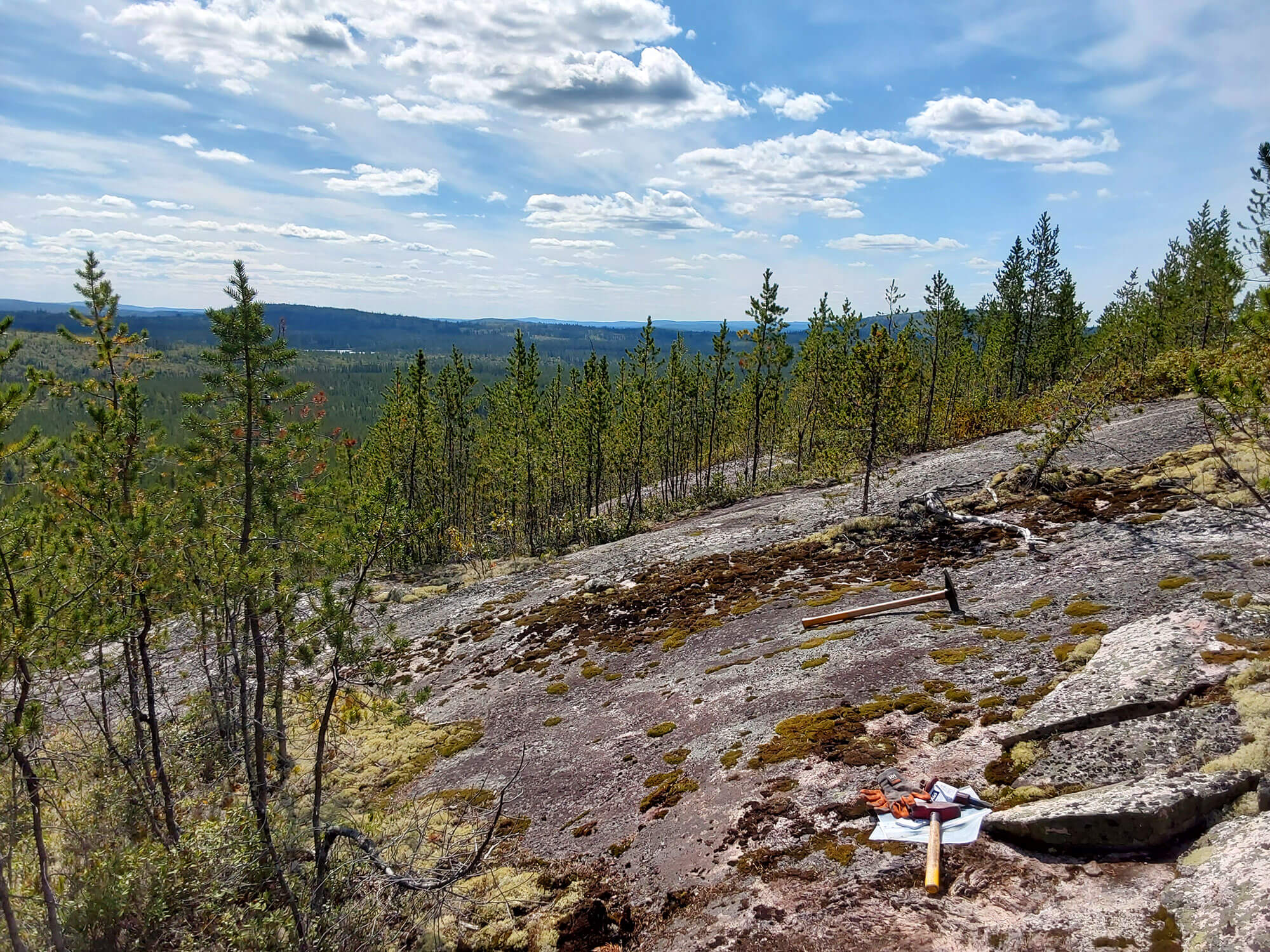
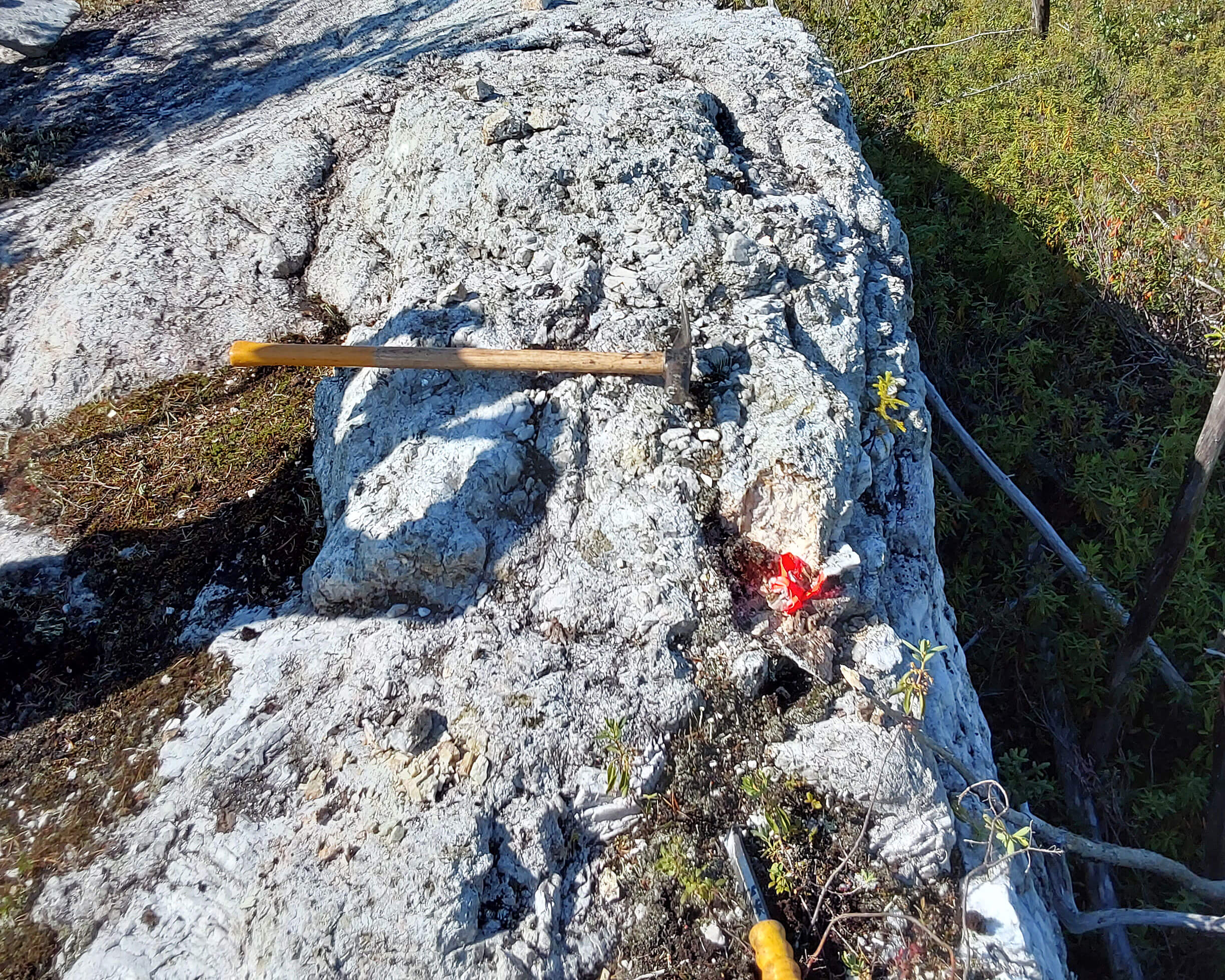
NISK – LITHIUM, COPPER, NICKEL, PGE AND GOLD PROJECT
Nisk property encompasses 90 claims over 4,589.11 hectares with a focus on magmatic nickel-copper sulphides.
Home to Nisk-1 Ni-Cu-PGE project within ultramafic rocks.
Lithium potential with lithium pegmatites in volcano-sedimentary units.
Power Nickel acquired up 80% interest in the Nisk nickel-copper-PGE project in Quebec's Eeyou Istchee James Bay territory.
Critical Elements maintain a 20% non-dilutive interest until completion of definitive feasibility.
Power Nickel recently announce the Lions Ni-Cu-Au-Ag-PGM discovery.
ARQUES – LITHIUM, RARE EARTH, NIOBIUM AND TANTALUM PROJECT
Arques property spans 136 claims, 6,840.82 hectares, adjacent to Lemare property.
Geologically rich area with Arques Alkaline Complex, known for rare earth elements, niobium, and tantalum.
Lithium potential in a region with clustered pegmatites, like the Wabouchi deposit and Lemarre showing.
High-resolution magnetic survey conducted in 2021 for identifying lithium exploration targets.
GoldSpot Discoveries used "SmartTarget" methodology to identify LCT pegmatite targets.
Ongoing search for a partner or potential buyer for exploration activities.
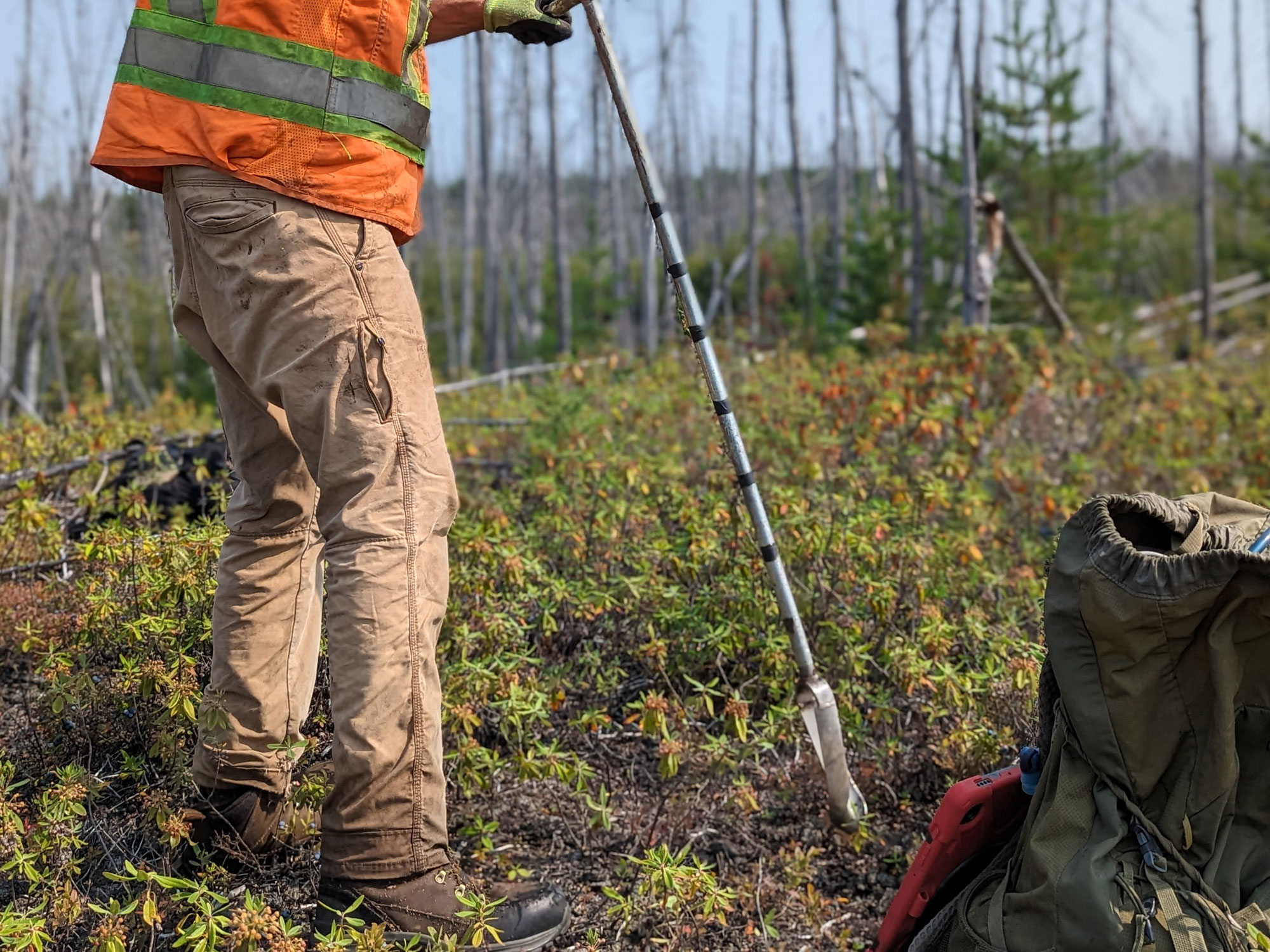
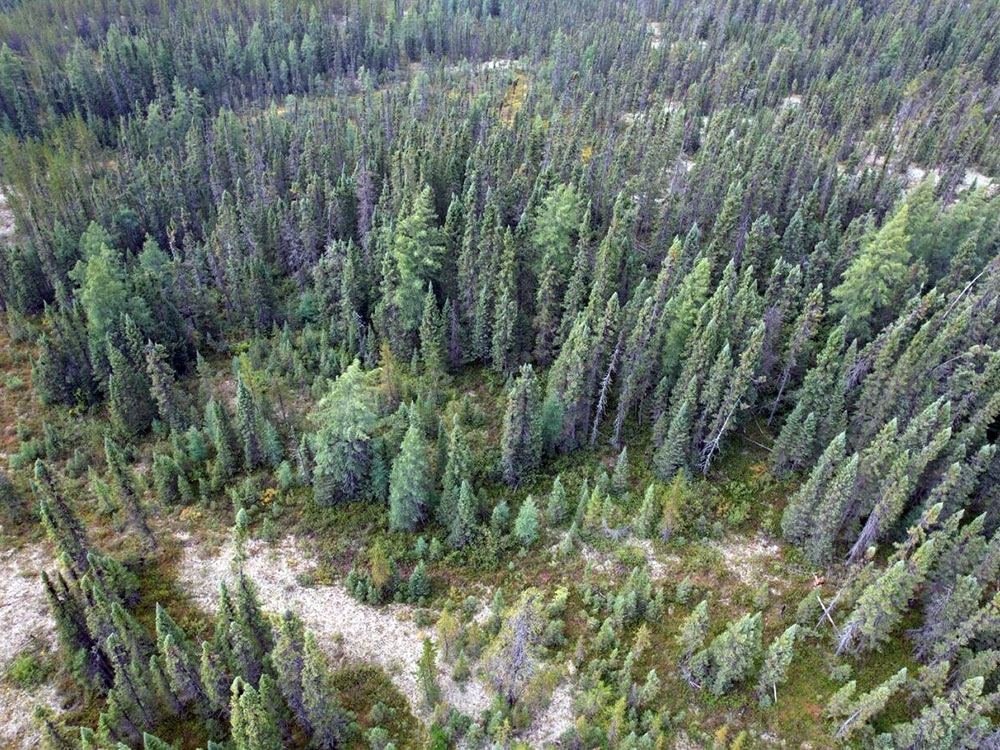
BOURIER – LITHIUM COPPER, ZINC, GOLD AND SILVER PROJECT
Bourier property spans 304 claims, 15,616 hectares, adjacent to the Rupert hydroelectric complex.
Features an extensive exhalative massive sulphide horizon with anomalous metal values over a 25-km span.
Promising lithium potential with lithium pegmatite swarms in the area, akin to the Wabouchi deposit and Lemarre showing.
204 claims are jointly own by Lomiko Metals (49%) and Critical Elements (51%) with Critical Elements as the operator.
CAUMONT – LITHIUM, COPPER, NICKEL, PGE AND GOLD PROJECT
The Caumont property consists of four non-adjacent claim blocks with 94 claims, covering 50.37 km in the Lac des Montagnes formation.
The property is known for its potential in magmatic nickel, copper, platinum group elements, and gold mineralization. Geophysical surveys confirm these findings.
Lithium potential, and the property covers a favorable unit known for hosting lithium deposits.
In March 2021, a high-resolution magnetic survey was completed to identify lithium targets.
Management is actively seeking a partner or potential buyer for further exploration activities.
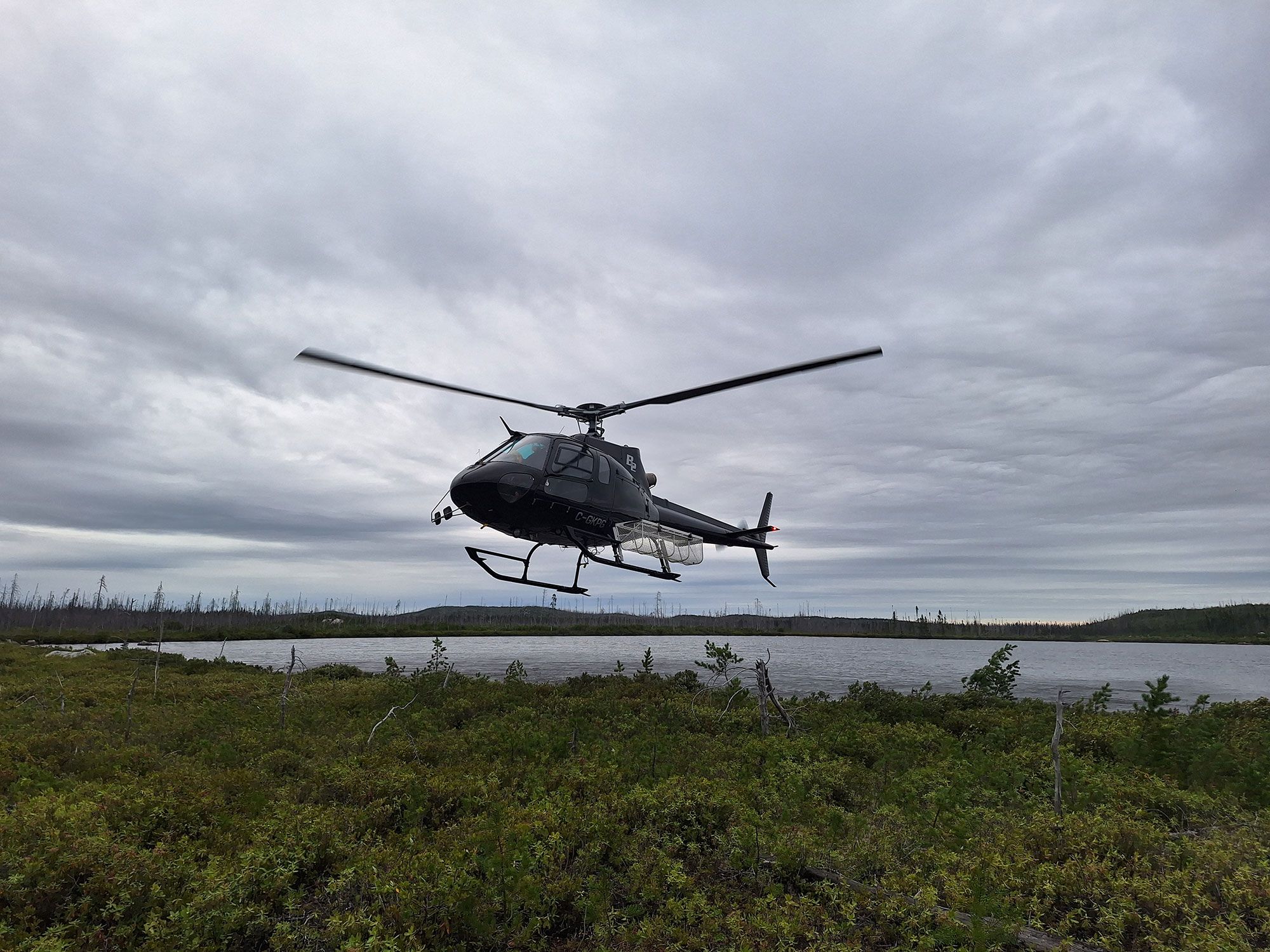
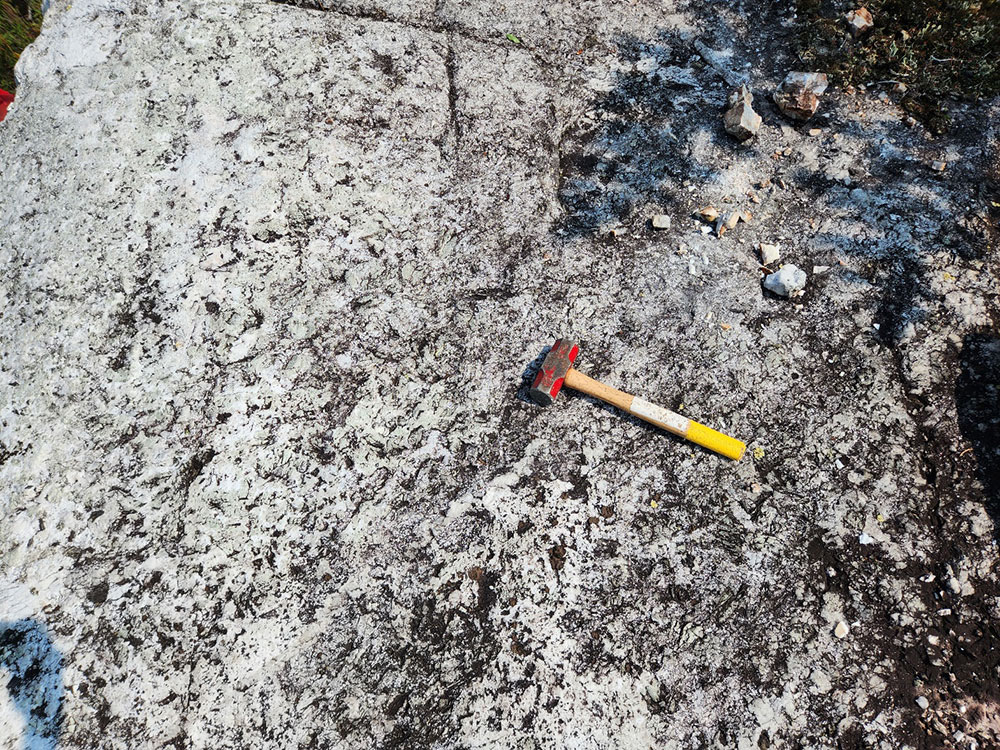
DUMULON – LITHIUM, ZINC, LEAD AND GOLD PROJECT
Dumulon Property: Covers 1,929 hectares, accessible by helicopter, located in the Lac des Montagnes formation.
Geology: Comprises paragneiss with granitic intrusions, known for SEDEX-type deposits and gold potential.
Offers potential for lithium pegmatites, part of the same regional unit as Nemaska Lithium's Wabouchi deposit.
A high-resolution magnetic survey was completed in March 2021.
Prospecting program aimed at identifying new pegmatite bodies using "SmartTarget" methodology.
Actively seeking partners or buyers for continued exploration.
BLOC 1 to 7 – LITHIUM, NICKEL AND COPPER PROJECT
Block 1 to 7 span over 148 claims and 7902.3 hectares, accessible by helicopter.
High-resolution Magnetic Surveys was conducted in March 2021 to identify lithium targets.
Used advanced AI technology to refine geological maps, pinpoint pegmatite bodies, and identify 19 lithium-tantalum exploration targets.
Prospect program focused on refining geological interpretations.
Management actively seeks partners or buyers for continued exploration.
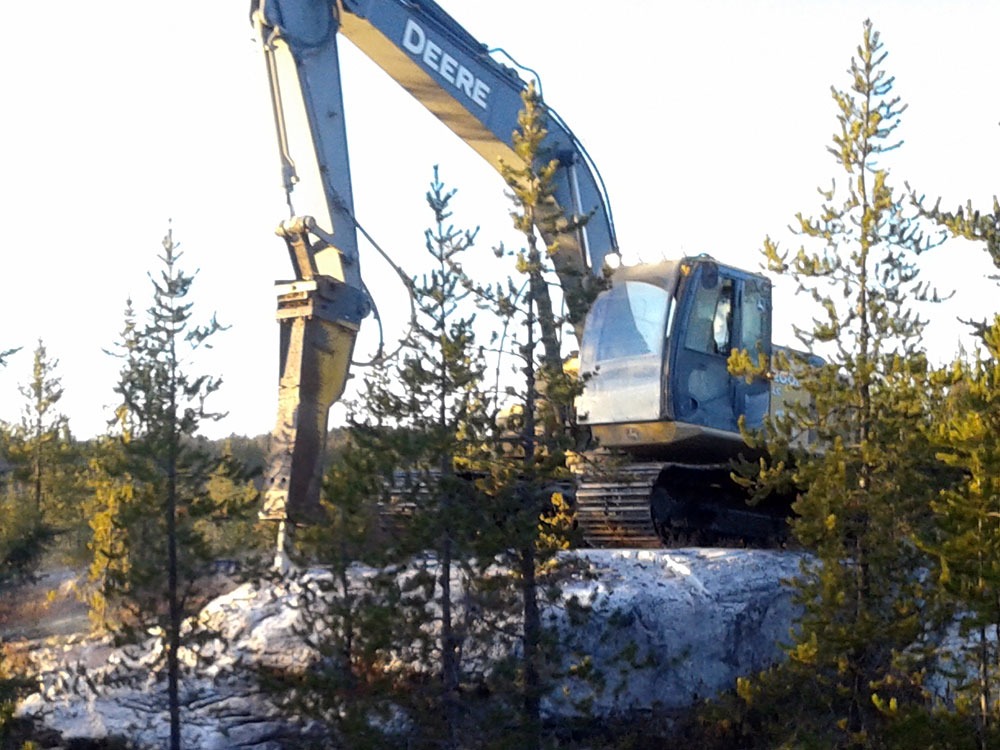
* Please refer to the most recent MD&A for details on option agreements, royalties, and such.
